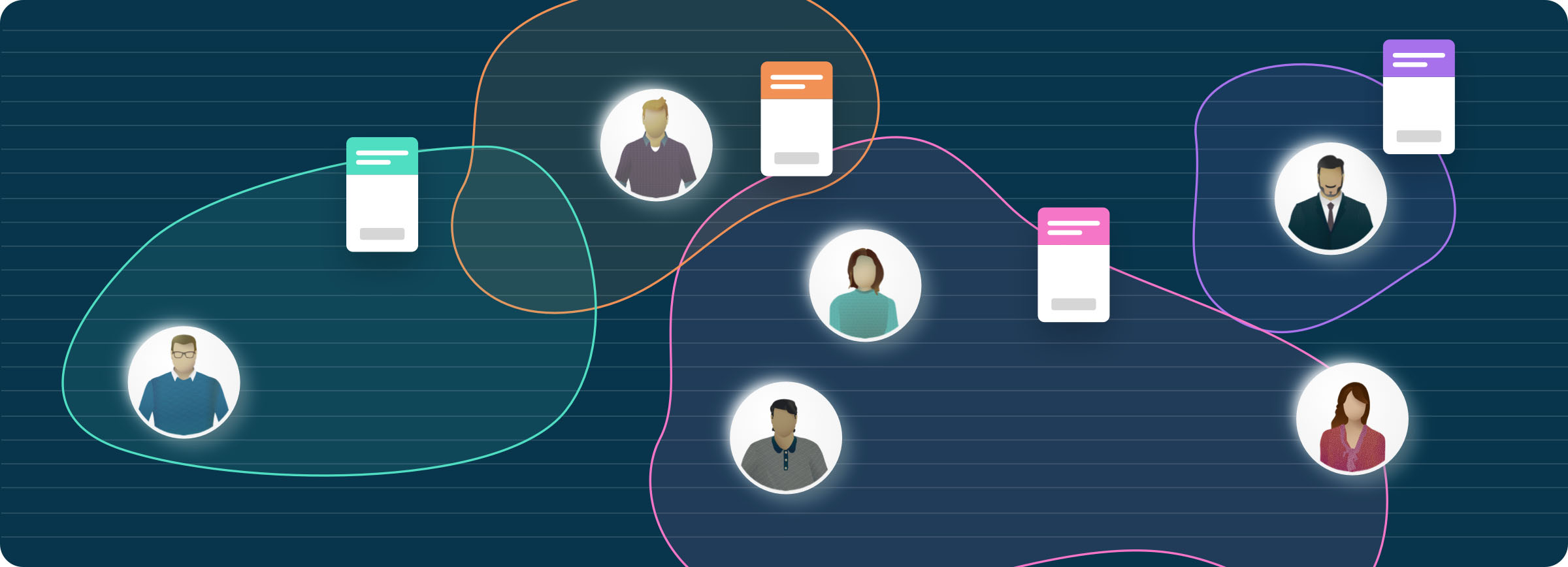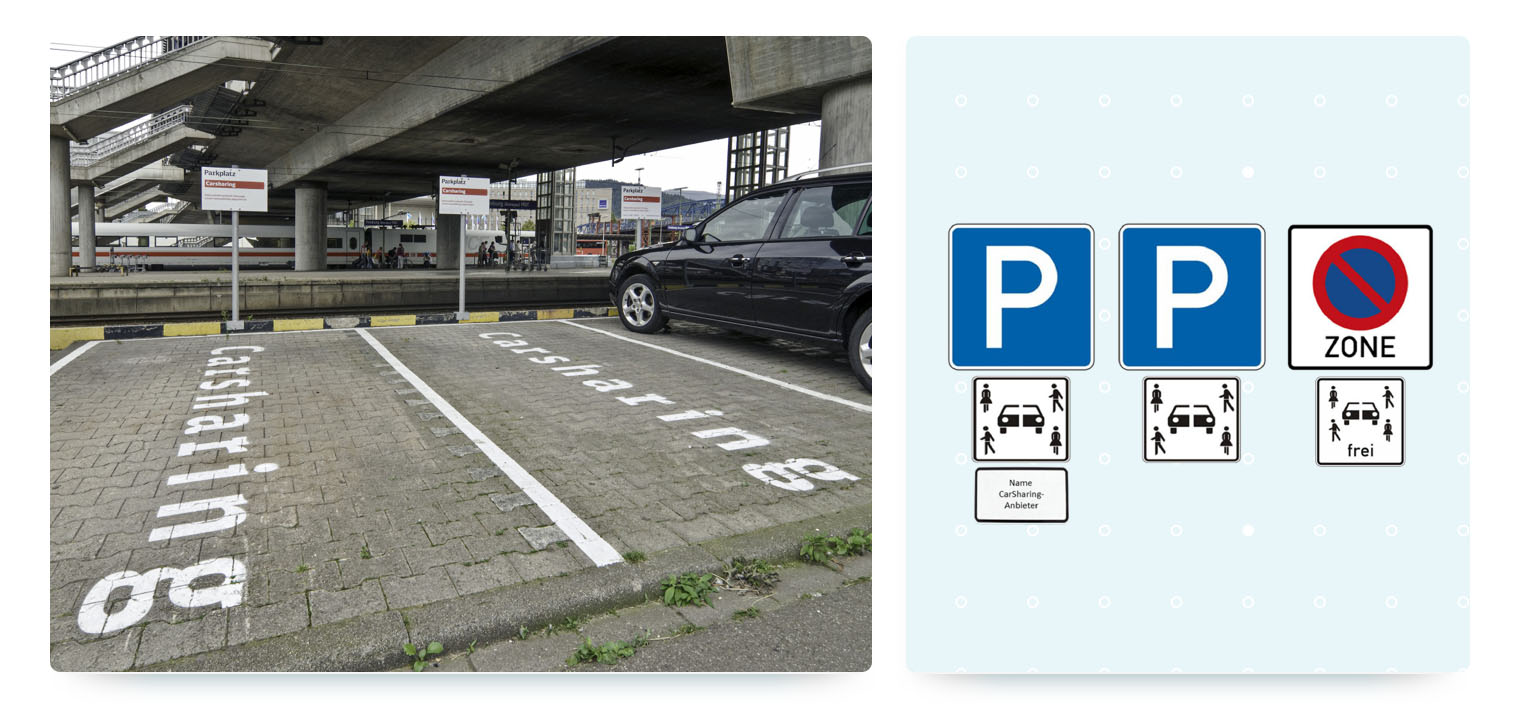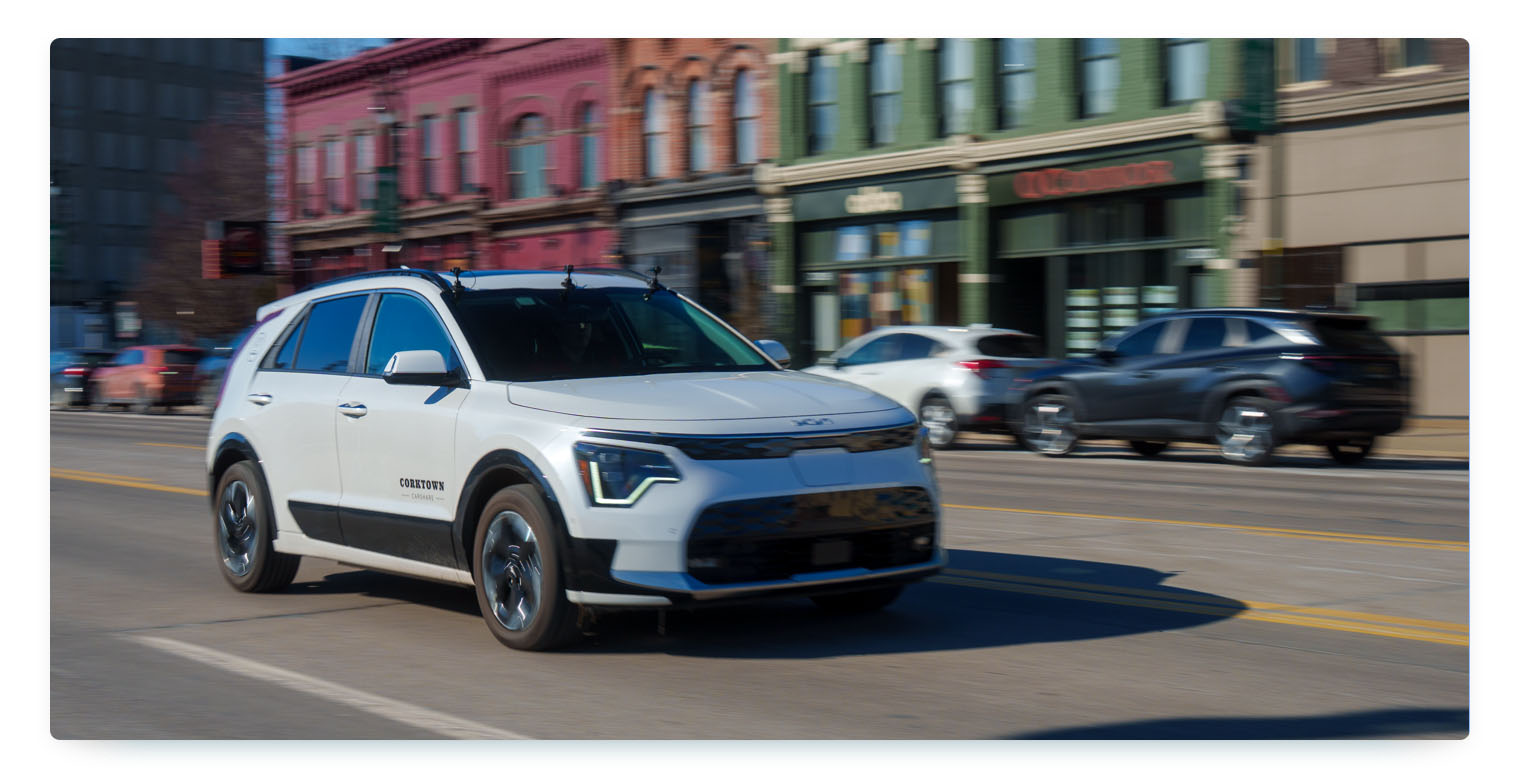
7 min read • November 6, 2025
The profitability of shared mobility services is not a given. It depends not only on the number of trips, but also on the interplay of numerous factors – from operational efficiency and customer loyalty to political conditions. In this article, we examine which specific levers sharing operators can use to operate profitably in the long term and which key figures are important.
Education
The profitability of shared mobility services is achieved not merely through growth, but by strategically managing both the revenue and cost sides. To maximize revenue, operators must focus on increasing vehicle utilization through targeted marketing (e.g., local community presence), fostering customer loyalty (especially via subscription models), and diversifying their fleet and target groups (e.g., integrating B2B corporate carsharing). Simultaneously, costs must be controlled by prioritizing operational efficiency - using automation and AI for maintenance, damage management, and logistics to minimize costly vehicle downtime - and by forming strategic partnerships with local authorities or charging point operators to reduce overhead. Ultimate, sustainable success requires consistently tracking key metrics like Utilization Rate, CAC vs. CLV, and Downtime to ensure consistent, data-driven management and future-proof planning.

Sales growth alone does not determine success. What matters in the long term is profitability - namely sustainable profitability. If costs consistently exceed revenues, providers will not benefit even from the fastest fleet expansion.
Challenges on the path to profitability include high operating costs, vehicle downtime, and seasonal fluctuations (especially in the micro-mobility sector).
Politics and regulation generally play an ambivalent role. Subsidies and low emission zones can promote shared mobility—or cause additional costs and requirements. Proactive communication and cooperation with local authorities is essential here in order to use regulation as a competitive advantage.
How to successfully scale your sharing offering →
Put simply, profitability arises when the difference between revenue and costs remains positive over the long term. That's why we'll take a look below at the factors you, as a shared mobility provider, can influence on both the revenue and cost sides.
To generate more revenue, you need to increase the number or duration of your bookings - in other words, increase vehicle utilization. Essentially, you have two options for doing this: attract new customers and build customer loyalty, i.e., turn one-time customers into regular customers. In addition, diversification helps to tap into new target groups.

Shared mobility is still a new concept for large sections of society, one that requires attention and explanation. As a provider, it is your job to show potential users how and why your service can expand and improve their own mobility situation.
Create the right marketing mix to generate new customers and thus new sales even without huge campaign budgets. We recommend both online and offline measures that are specifically tailored to your target group(s).
3 best practices for your marketing as a sharing provider -->
One of the most proven and effective approaches is to show your local presence—at street festivals, events, or through local partnerships. This will help you be seen as part of the local community, engage with your target audience, and build trust in your carsharing or bikesharing service. The branding of your vehicles is also an important factor in ensuring local visibility. You can also integrate your offering into local or even national Mobility-as-a-Service platforms to position yourself digitally where people are looking for the right mobility option.
Pros & Cons: What to consider when integrating into MaaS platforms -->
Search engines such as Google continue to play an important role in the online world. Design your website using general recommendations for search engine optimization (SEO) in order to rank for relevant keywords (e.g., “carsharing in Sample City”). Depending on your marketing budget, paid search engine advertising (SEA) can also help here.
Another cost-effective channel, especially for community building, is social media. Find out which social media platforms your target audience is active on and get involved there. You can achieve a wide reach and attract a lot of attention through sweepstakes or competitions. Social media platforms such as Instagram or TikTok are also suitable for introducing potential users to your offering, informing them about events you will be attending, new locations you have added, or new partnerships you have entered into.
Best practice: How Popcar wins customers with targeted marketing -->

Despite effective marketing, retaining customers is cheaper than acquiring new ones. That's why you should keep an eye on the rate of regular and returning customers - and increase it if possible.
Customers decide to stay when they discover an offer that exactly meets their needs—the right vehicles in the right locations at the right conditions and rates.
So don't stop trying to understand what your target audience needs and how that may change over time. Get in touch with your customers, conduct surveys, and analyze user behavior.
High customer satisfaction is one of the most important building blocks of a consistently profitable offering. Experience shows that satisfaction increases when users feel seen and heard—when inquiries are processed promptly and valuable feedback actively leads to changes and improvements.
Subscription models are a concrete way to retain users over a longer period of time.
Instead of a “one-size-fits-all” solution, you offer your users different subscription options that vary, for example, in terms of monthly base fees and usage rates.
The experience of Bilkollektivet, Oslo's largest and oldest carsharing provider, shows that the majority of customers opt for a subscription with a monthly base fee. This leads to recurring, predictable revenue for the provider and is a sign of high customer satisfaction.
Success Story: How Bilkollektivet tripled its user numbers with a subscription model -->

To reduce the risk associated with individual sources of income, profitable sharing providers often rely on diversification. This can take place in various areas, such as the fleet or the target group.
If you only offer one type of vehicle, you will only appeal to a limited number of use cases and target groups. It is possible to have a mixed fleet of both EVs and combustion engines to suit different habits, use cases, and conditions, as well as a more diverse fleet mix of cars, vans, bicycles, e-bikes, cargo bikes, etc. The Norwegian provider Bilkollektivet has recently even added motorcycles and roof tents to cater to the outdoor-loving and adventurous part of the target group.
You can also achieve diversification with regard to your users by tailoring your offering so that it appeals to different target groups.
In practice, this could mean, for example, that you have public sharing for end users and at the same time strive for B2B cooperation by targeting them specifically and, if necessary, offering special conditions or exclusive vehicles.
Corporate carsharing is proving to be a helpful way for shared mobility providers to diversify their target group, as corporate customers are often more willing to pay and provide regular, predictable revenue.
Mainova success story: Financial predictability through corporate sharing -->
The biggest cost factors are often hidden: vehicle breakdowns, poorly planned maintenance cycles, or inefficient redistribution. Every hour that a vehicle is unavailable costs you money as a provider - not only in the form of potential repair costs, but also in the form of lost revenue.
Overview of key cost factors

The most important concept for reducing costs and avoiding revenue losses in shared mobility operations: operational efficiency.
Examine your maintenance and damage management processes for efficiency and optimization potential. Automation wherever possible and the targeted use of artificial intelligence (AI) can help.
Efficiency is becoming a decisive competitive factor, especially in times of increasing staff shortages in the operational area. Many providers are struggling with bottlenecks in customer service, technicians, or logistics—which can lead not only to higher costs but also to longer response times. Automated processes and AI-supported systems help to close these gaps: they take over routine tasks, prioritize based on data, and make it possible to ensure the same or even a higher level of service with smaller teams.
AI for shared mobility providers: Where it makes sense to use it -->
AI-based damage management is a good example of this: with the help of intelligent sensors and analyses, even minor damage can be detected and attributed to the person responsible. This means that, as the operator, you are not left with the repair costs, as is often the case with manual damage management.
Proactive maintenance planning and efficient redistribution logistics (if vehicles need to change location due to changes in demand, for example) also help to minimize vehicle downtime.

It is well known that those who cooperate get the furthest. Strategically chosen partnerships help you to reduce certain operating costs. The win-win factor is important for successful cooperation - both parties should benefit from the partnership in order for it to be sustainable.
Examples of strong partnerships in shared mobility -->
More and more municipalities are starting to promote shared mobility services, either financially or by providing parking spaces in public areas, access to urban charging infrastructure, or tax incentives.
If you succeed in entering into a strategic partnership with your local authority, you will gain valuable operational advantages and also position yourself locally as a trustworthy and established provider.
If you rely on electric mobility in your business, the issue of charging infrastructure is crucial for you - and a significant cost factor.
To reduce these costs, partnerships with charging station operators are possible: you offer the operator and its employees special conditions for your sharing service and, in return, receive discounted electricity rates or even exclusive access to the charging station. At the same time, your provider benefits from an image boost by positioning itself as a supporter of shared mobility.
Data is more than just KPIs - it is the foundation for transforming from a “vehicle rental company” to a data-driven mobility service provider.
Keeping an eye on key metrics and indicators is essential when it comes to building a profitable business. Prioritize data analysis in your daily business, set realistic targets that fit your business model, and regularly derive the next steps from the analysis.
Relevant key figures for a shared mobility business are:

The still relatively new field of shared mobility remains dynamic. Trends that are already emerging or will emerge in the future will influence the profitability of sharing providers and should therefore be taken into account by you today.

Shared mobility is a growth market—but profitability does not happen on its own. As an operator, you need to control costs, maximize usage, and diversify revenue streams. It is crucial to look beyond pure growth figures and consistently track the right KPIs.
Three specific steps to profitability:
Profitability is the result of consistent management and forward-looking, strategic planning. Those who think beyond standard KPIs and combine operational efficiency with customer focus gain a clear competitive advantage in the long term.